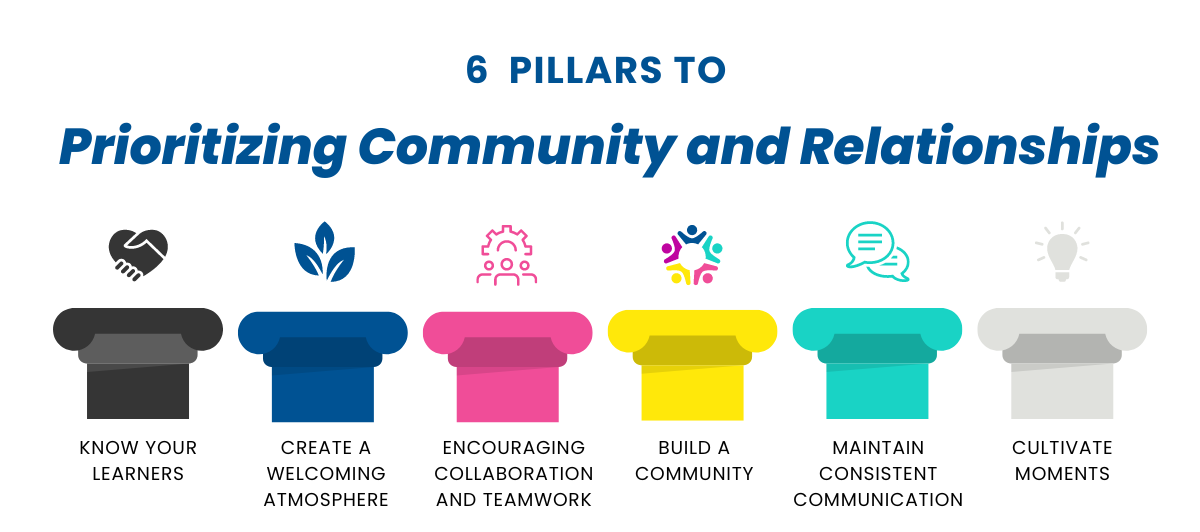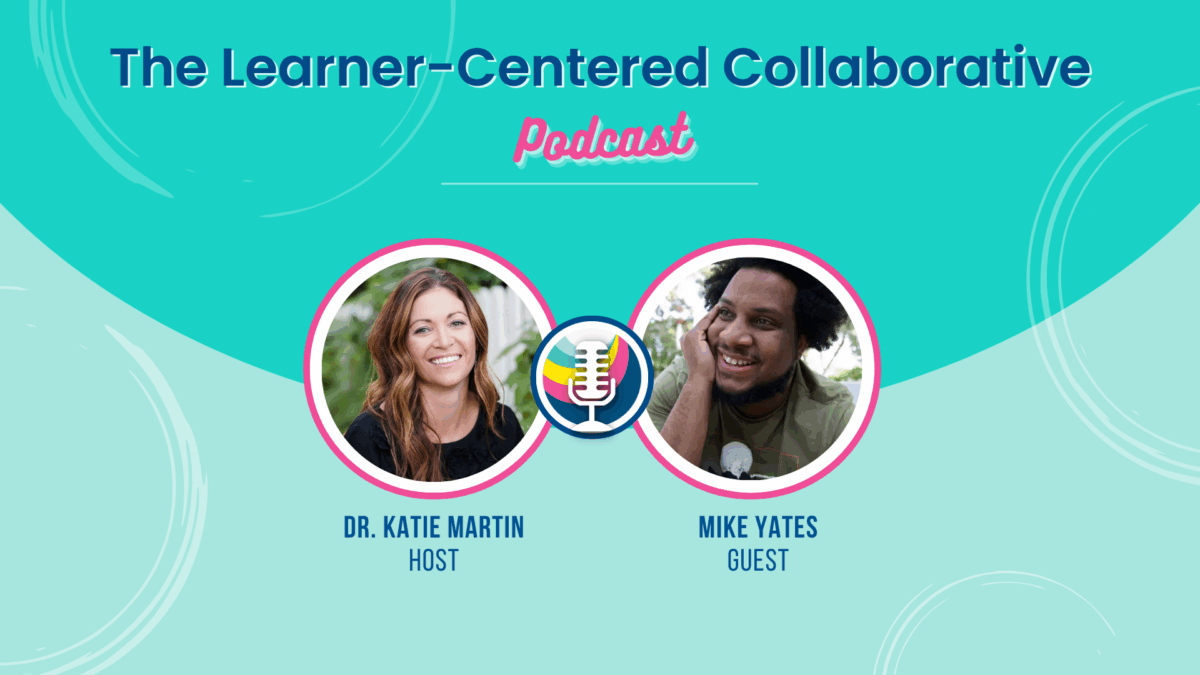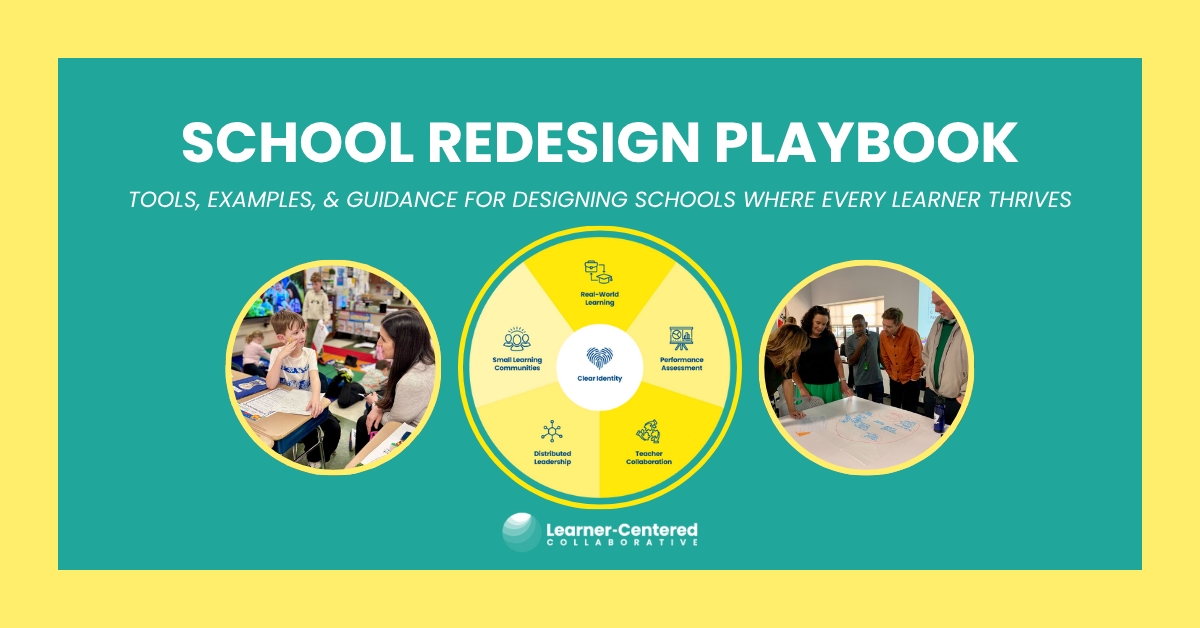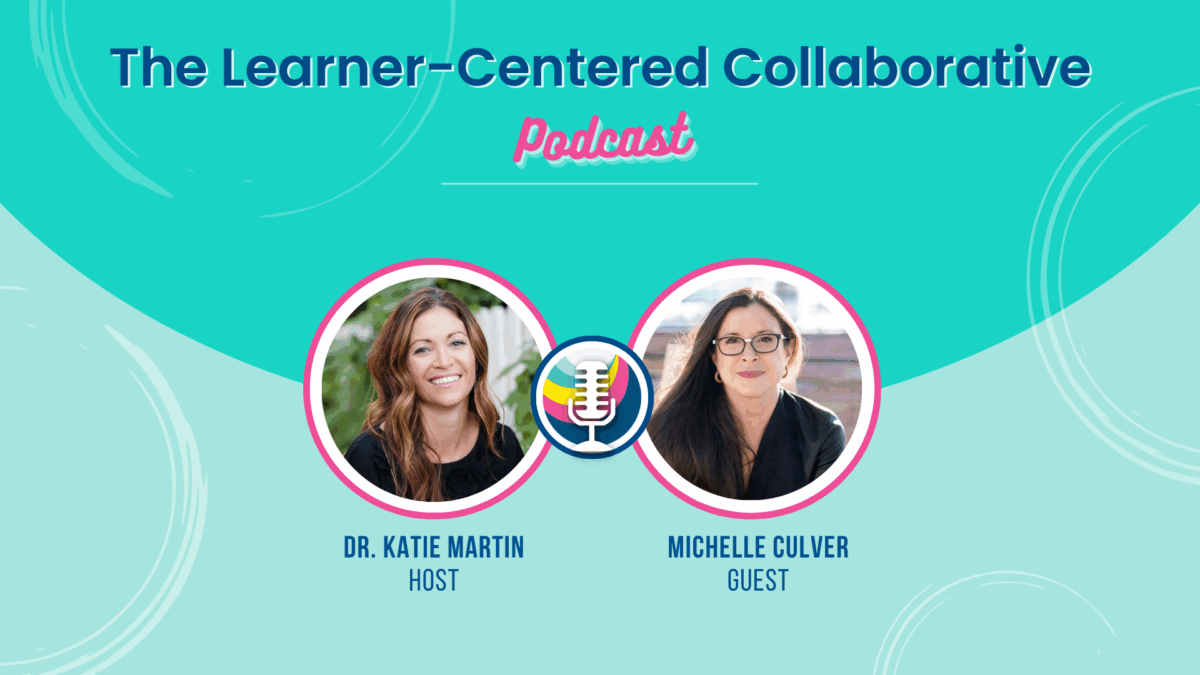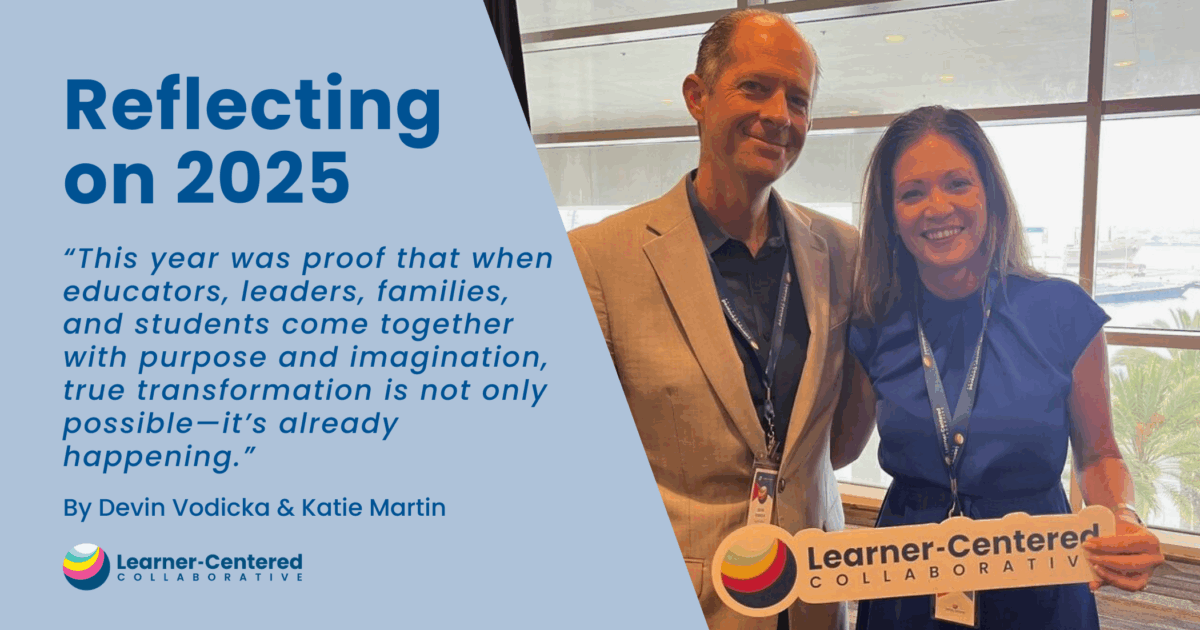Slow Down to Go Fast: 6 Pillars to Prioritizing Community and Relationships
As educators, we understand that a classroom is more than just a place for academic instruction; it’s a vibrant community where every learner should feel valued and connected. The first weeks of school are essential for establishing this classroom culture, helping to smooth the transition back to school for both students and teachers.
Embracing the “go slow to go fast” approach is key. By focusing on building a strong community early on, we set the stage for accelerated student achievement and a more dynamic, collaborative learning environment. Prioritizing relationships and community creation from the start lays the foundation for a positive, productive learning experience that will not only benefit students now but also support their growth for years to come.
Research shows that strong teacher-student relationships significantly enhance engagement, motivation, and academic performance, with an effect size of 0.52 according to John Hattie’s meta-analysis (Visible Learning Limited Partnership & Cognition Education Group, 2017). Positive teacher-student relationships—characterized by low conflict, high support, and minimal dependency—are essential for effective learning and meeting students’ academic, social, and developmental needs (Improving Students’ Relationships With Teachers, n.d.). When students feel secure, they are more likely to explore, take risks, and tackle challenging tasks, supporting their growth and resilience.
In this blog, we’ll explore six essential pillars for prioritizing community and relationships in your classroom, providing strategies to create an environment where deep learning can thrive.
1. Know Your Learners

Understanding your students’ learning needs, interests, and temperaments enables you to make informed decisions about curriculum design, effectively differentiate instruction, and tailor your approach to each student. As Zaretta Hammond emphasizes, “The more the teacher knows about a student’s schema, the more she can start to engage that student by making ‘cognitive hooks’ between the learner’s context, interests, cultural knowledge, and the new content in the curriculum” (Zaretta Hammond on Equity and Student Engagement, 2021). This understanding helps you connect new material to students’ existing knowledge through relevant metaphors and analogies. By developing empathy for each learner, you create a more personalized and supportive environment, which enhances both their academic and personal growth.
Strategies to Know Your Learners:
- Create Vision Boards
- Create Learner Portraits
- Explore Identities with Learners: identity posters, identity walls, identity wheels, etc.
- Facilitate Introspection with Personality Quizzes: the four tendencies, true colors, etc.
- Interview Learners: 1:1 meetings, focus groups, etc.
2. Create a Welcoming Atmosphere
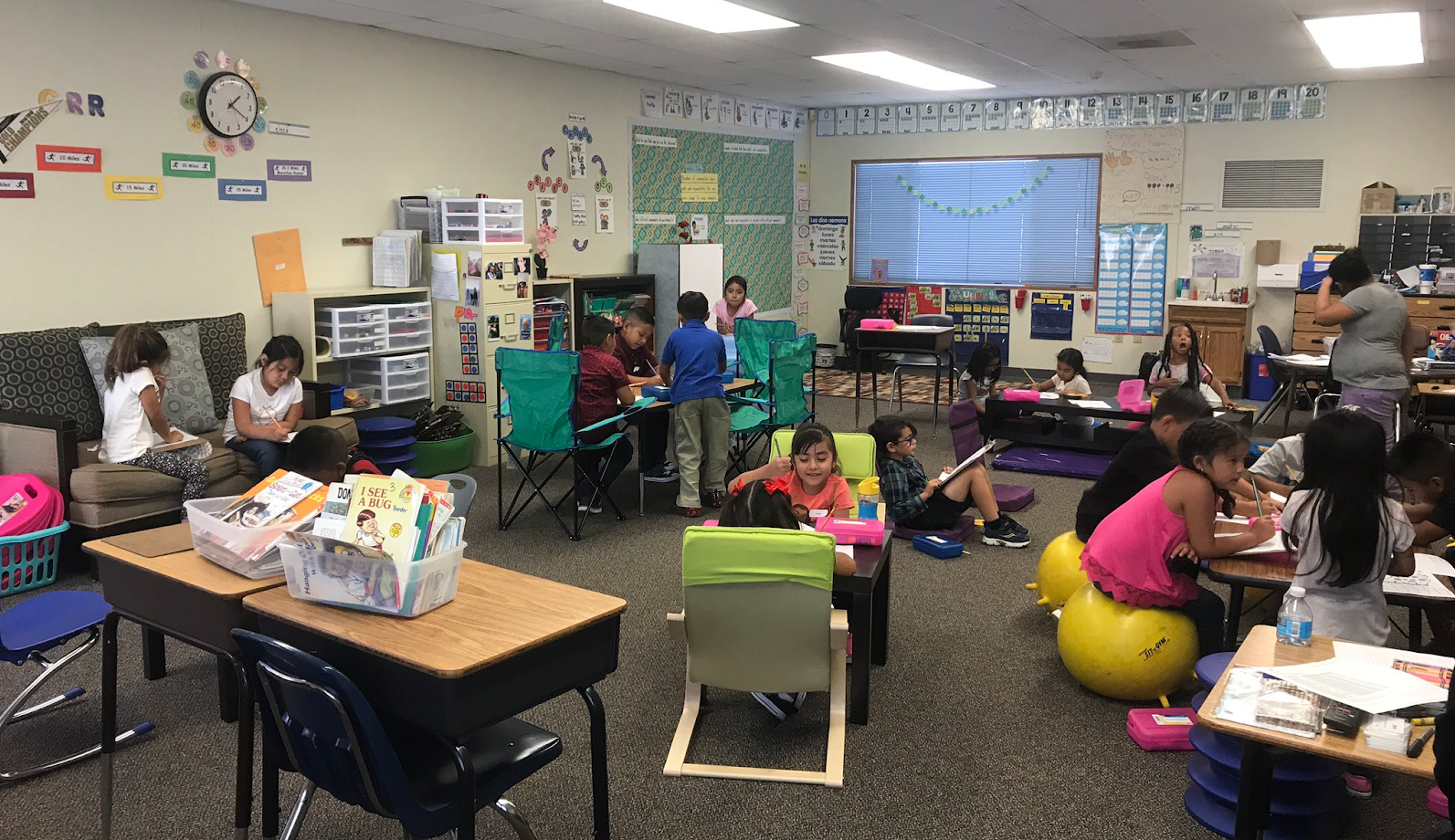
At the start of the school year, creating a classroom environment that fosters safety and inclusivity is crucial for student success and well-being. Involving students in the creation of this space ensures it feels like “ours” rather than just “theirs” or “yours.” By giving students trust and the autonomy to access what they need, you reinforce the sense that this is a shared environment. This approach not only reflects the diverse needs and identities of all learners but also enhances their engagement and ownership of the space, contributing to a more welcoming and supportive atmosphere.
Strategies to Create a Welcoming Atmosphere:
- Design Effective Learning Spaces with Intentional Classroom Design
- Co-create Community Agreements or Social Contracts
- Design a Flexible Learning Space
- Conduct a Classroom Audit
3. Encourage Collaboration and Teamwork

Engage students in group activities that build friendships, enhance collaboration, and spark curiosity. These activities should be both joyful and cognitively stimulating, offering a complex and enriching experience. Emphasize that the classroom operates as a community where collective strength and diverse perspectives are crucial. By embracing David Weinberger’s idea that “the smartest person in the room is the room,” students will recognize the value of teamwork and collaboration. Encouraging such activities from the outset helps students feel connected, supported, and motivated to actively contribute to the class’s success.
Strategies to Encourage Collaboration and Teamwork:
- Conduct Dialogical Interviews
- Leverage Cooperative Learning Strategies: quiz-quiz-trade cards, gallery walk, turn & talk, etc.
- Intentionally Group Students
4. Build a Community of Learners
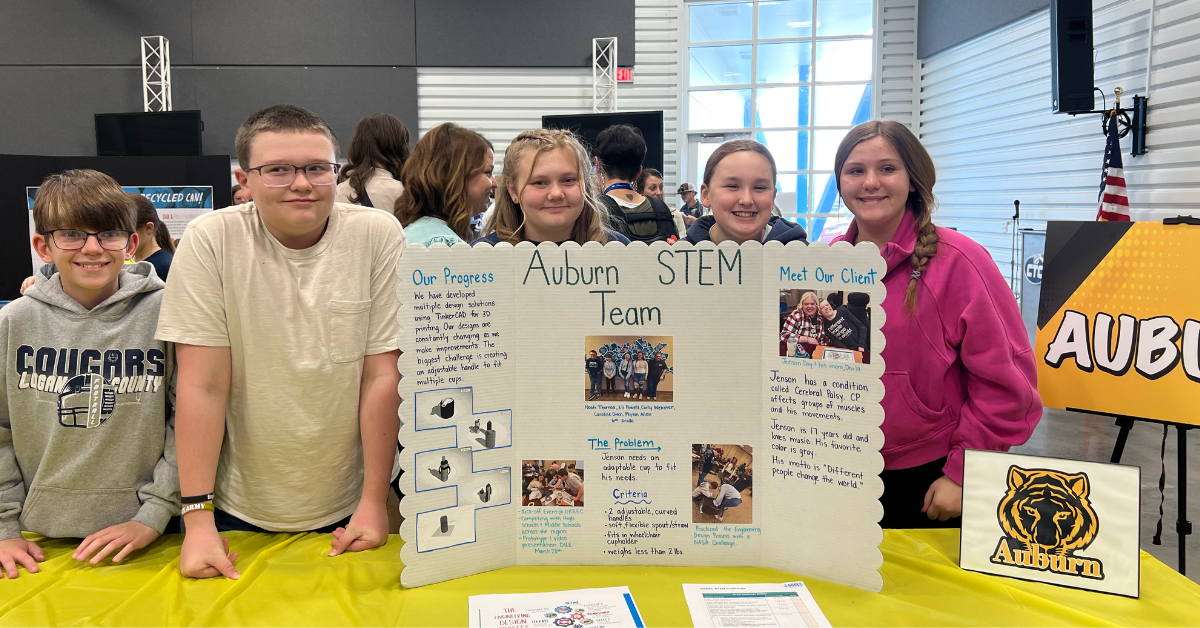
Building a supportive classroom community is crucial for creating an environment where students feel valued, safe, and motivated to learn. Zaretta Hammond (2021) highlights that while fostering relationships is often viewed as a social endeavor, it’s equally important to develop community learning habits. Hammond points out that just as artists use critique and feedback to refine their craft, students benefit from constructive critique and productive struggle, which are essential for cognitive development and academic progress. Rather than focusing solely on a “nice” atmosphere, it is important to challenge students in ways that build their competence and confidence. By cultivating a classroom culture that balances support with intellectual rigor, we create a dynamic environment where students are encouraged to stretch their abilities and actively engage in their growth.
Strategies to Build a Community of Learners:
- Implement Community Circles
- Notice the Positives: Using a Strengths-Based Approach to Help Students Realize their Potential
- Leverage Structured Processes with Protocols: tuning protocol, critical friends protocol, etc.
- Teach students how to give and receive feedback utilizing Austin’s Butterfly
5. Maintain Consistent Communication
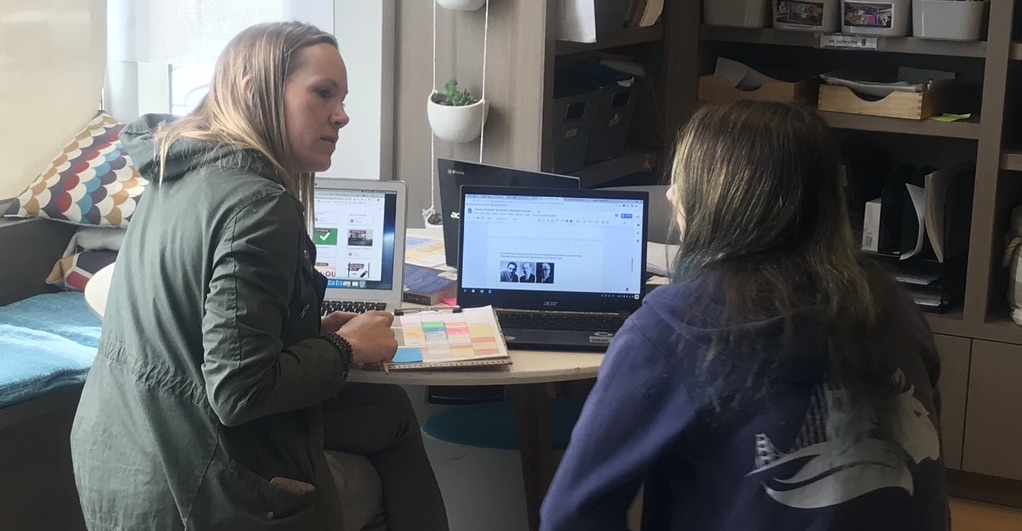
Maintaining regular and open communication is essential for fostering a supportive classroom environment and ensuring student success. By consistently engaging with both students and families, educators can build strong partnerships, address issues proactively, and create a collaborative approach to supporting each learner’s growth and development.
Strategies to Maintain Consistent Communication:
- Conduct Regular Check-Ins with Students and Families: One-on-one meetings, quick surveys, informal discussions, etc.
- Establish Caregiver Communication Channels: Teacher-Parent Communication Strategies to Start the Year off Right
- Design a Communication Plan: Beginning the School Year With a Consistent Communication Plan
- Implement Restorative Conversations
- Promote Positive Communication with Families
6. Cultivate Moments
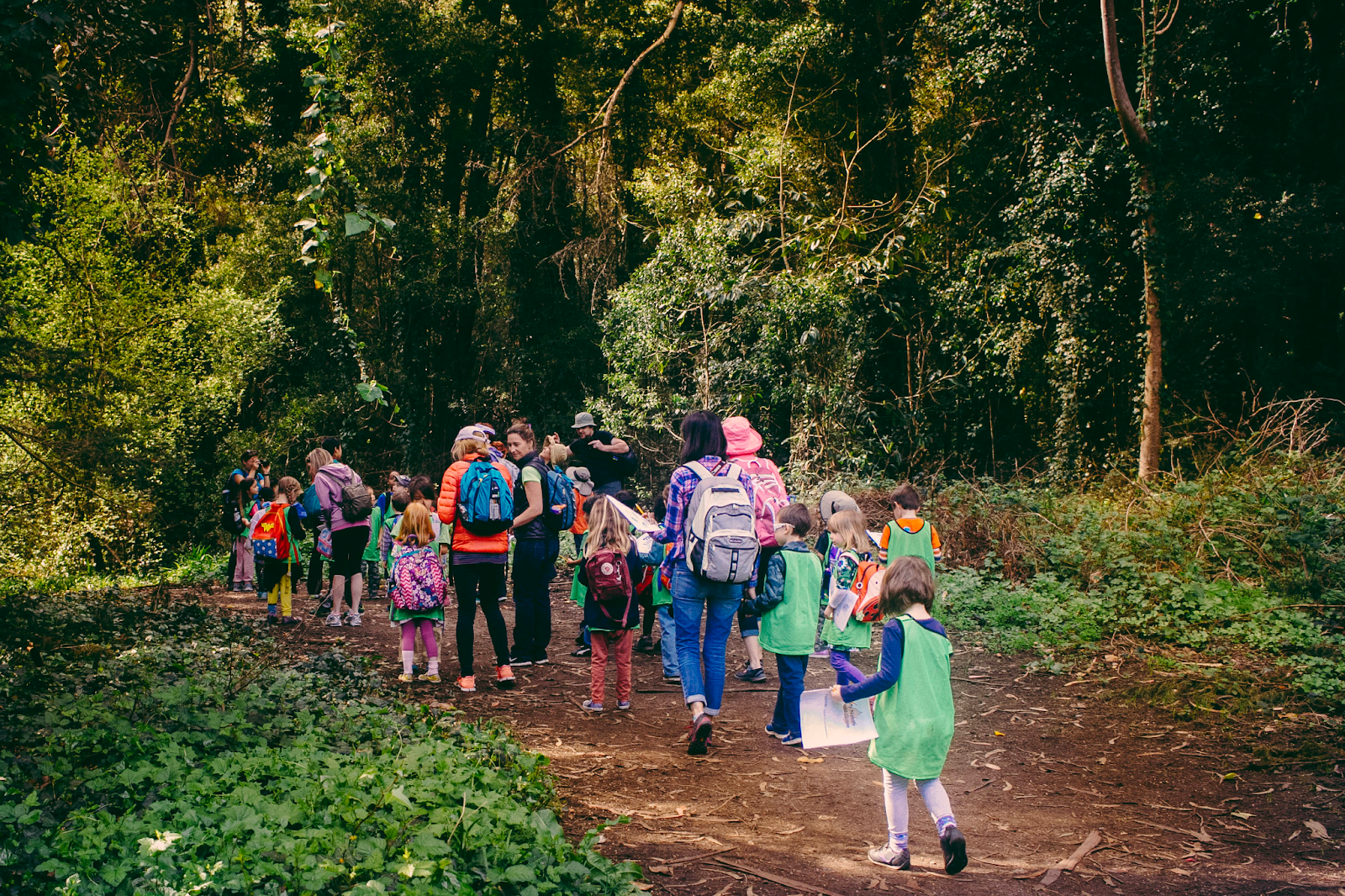
Cultivating defining moments throughout the school year is crucial for building a strong, learner-centered classroom community. As Chip and Dan Heath explain in The Power of Moments, a defining moment is a memorable and meaningful experience that stands out from the routine and can reshape our perceptions of ourselves or the world. These moments gain significance when shared with others. To create a thriving classroom community, we must learn to think in moments because “moments are what we remember and what we cherish” (Heath & Heath, 2017, p. 18). The first day of school, for example, should be a peak moment that celebrates the intellectual, social, and environmental transitions learners face, rather than just a series of routine activities. Similarly, the end of projects, Exhibitions of Learning, and Defenses of Learning offer valuable opportunities to create defining moments that foster connection and encourage learners to see themselves and their learning in a new light.
Strategies to Design Moments that Matter (adapted from the resource Seven Days of Defining Moments by Chip and Dan Heath):
- Moment of Elevation: Combine three things that bring joy to you and your learners to create a peak moment. Aim for a “triple treat,” like donuts + special pens + gratitude notes, or music + party hats + morning meeting. Choose your trio and decide when to make it happen.
- Moment of Script-Breaking: Most days follow a familiar routine. Plan a day that disrupts this pattern with new activities, a new environment, etc. Describe how you’ll break the script in your day or class, and when you might do it.
- Moment of Recognition: Even small compliments can be remembered for years. Find ways to recognize your students for a talent or work they’ve done, and prepare 2-3 specific sentences about what you noticed and how it made you feel.
- Moment of Connection: Building strong relationships takes effort. Set aside intentional time to connect with each learner. During your one-on-one, use selected questions from these 36 Questions, and make sure both of you answer each one before moving on.
As you begin the new school year, remember that positive student-teacher relationships, combined with effective classroom management and learner-centered practices, are vital tools in your teaching toolbox. By implementing the strategies outlined in these six pillars, you’ll create a supportive and inclusive environment that enhances trust, engagement, and resilience, helping students thrive both academically and personally.
Strong classroom relationships are the foundation of effective learning, meeting students’ academic, social, and developmental needs. Your commitment to fostering these connections will create a classroom where every student feels valued, motivated, and ready to embrace new challenges.
References
Heath, C., & Heath, D. (2017). The power of moments. Simon & Schuster.
Improving students’ relationships with teachers. (n.d.). https://www.apa.org. https://www.apa.org/education-career/k12/relationships
Visible Learning Limited Partnership & Cognition Education Group. (2017). Visible Learning: 250+ Influences on Student Achievement (pp. 1–2) [Research synthesis]. https://visible-learning.org/wp-content/uploads/2018/03/VLPLUS-252-Influences-Hattie-ranking-DEC-2017.pdf
Zaretta Hammond on Equity and student engagement. (2021, November 10). ASCD. https://ascd.org/el/articles/zaretta-hammond-on-equity-and-student-engagement
